Tag: RRT
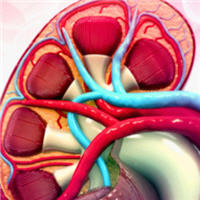
Delayed Strategies for RRT Initiation for Severe AKI
In severe acute kidney injury (AKI) patients with oliguria for more than 72 h or blood urea nitrogen concentration higher than 112 mg/dL and no severe complication that would mandate immediate RRT, longer postponing of renal... read more

Critical Care Nephrology and Renal Replacement Therapy in Children
Pediatric critical care nephrology is a complex and highly specialized field, presenting challenges and management strategies that are often quite distinct from those seen in adult practice. Therefore, it is high time... read more
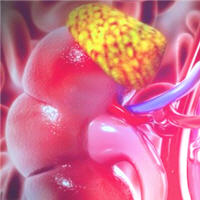
Comparison of Two Delayed Strategies for RRT initiation for severe AKI
Delaying renal replacement therapy (RRT) for some time in critically ill patients with severe acute kidney injury (AKI) and no severe complication is safe and allows optimisation of the use of medical devices. Major uncertainty... read more

How I Prescribe CRRT
Continuous renal replacement therapy (CRRT) delivers gradual clearance of solutes, fluid balance control, and haemodynamic stability. CRRT does not appear to increase survival compared to intermittent renal replacement therapy... read more
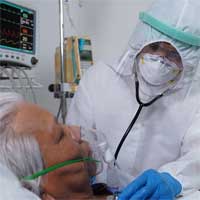
Outcomes of COVID-19 Patients Admitted to Australian ICUs During Early Pandemic Phase
During the early phase of the pandemic in Australia, patients admitted to ICU with COVID-19 had lower mortality and longer length of stay than reported from other regions. These findings reinforce the importance of ensuring... read more

Perceived Barriers to Rapid Response Team Activation Among Nurses
The purpose of this literature review was to investigate the major barriers nurses face when it is necessary to seek additional assistance and resources by calling the rapid response team (RRT) in order to manage and stabilize... read more

AKI in Critically Ill Patients with COVID-19
Acute kidney injury (AKI) has been reported in up to 25% of critically-ill patients with SARS-CoV-2 infection, especially in those with underlying comorbidities. AKI is associated with high mortality rates in this setting,... read more

Low-dose Dopamine in Patients with Early Renal Dysfunction
Administration of low-dose dopamine by continuous intravenous infusion to critically ill patients at risk of renal failure does not confer clinically significant protection from renal dysfunction. The groups assigned dopamine... read more

Correction and Control of Hyperammonemia in Acute Liver Failure
Continuous renal replacement therapy (CRRT) is associated with reduced ammonia concentrations in acute liver failure patients. This effect is related to greater cumulative dose. These findings suggest that continuous... read more
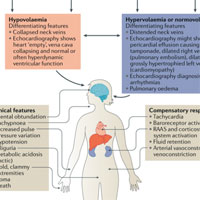
Intravenous Fluid Therapy in Critically Ill Adults
Despite the administration of intravenous fluids to critically ill patients being a near-universal intervention, the available evidence base guiding their safe and appropriate use is scarce and derived mainly from academically... read more
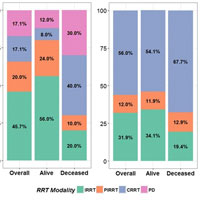
Serum Lactate Level and Mortality in Metformin-associated Lactic Acidosis Requiring RRT
This study suggests that predialysis level of serum lactate level is an important marker of mortality in MALA patients requiring renal replacement therapy (RRT) with a linear dose-response relationship. To better evaluate... read more
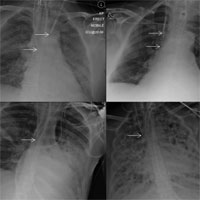
Distance Between the Tips of Central Venous Catheters Does Not Depend on Same or Opposite Site Access
Central venous catheters (CVCs) are routinely required in the intensive care unit (ICU) for infusion of drugs, often concurrently with central venous dialysis catheters (CVDCs) for renal replacement therapy (RRT). Increased... read more
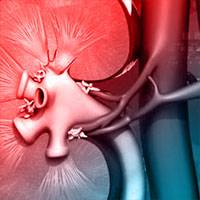
Association Between Intravenous Contrast Media Exposure and Non-recovery From Dialysis-requiring Septic AKI
This large observational study did not support an association between intravenous contrast media and adverse in-hospital outcomes in patients with septic dialysis-requiring acute kidney injury (AKI-D). Further studies are... read more

Risk for Mortality in Critically Ill Children Needing RRT
Margaret M. Parker, MD, MCCM, speaks with Danny Hames, MD, on his article titled "Risk Factors for Mortality in Critically Ill Children Requiring Renal Replacement Therapy" published in the November 2019 issue of Pediatric... read more




